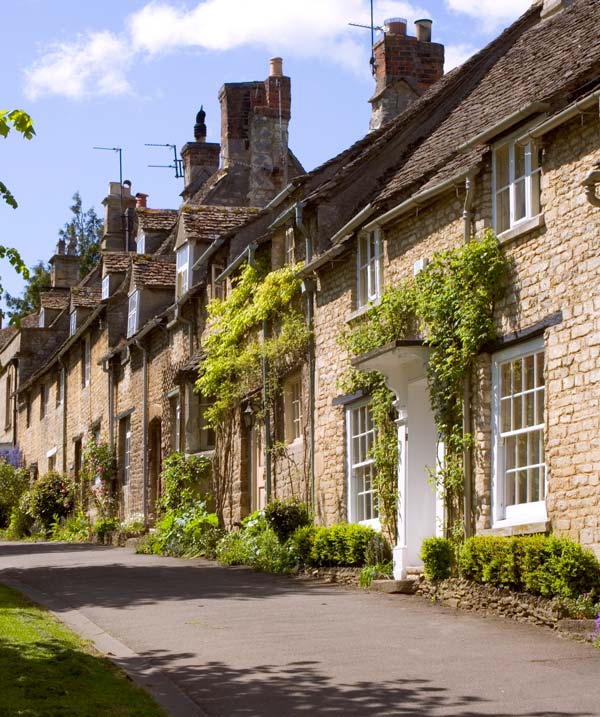Listed buildings and historic sites
Listed buildings and historic sites represent a unique and irreplaceable resource, reflecting the cultural, historical, social, aesthetic and scientific heritage of England. Those buildings and sites should be sustainably managed through sensitive conservation, and where appropriate selected new development, balancing current needs and aspirations against conservation requirements, without compromising their survival for future generations.
Historic buildings and sites, present a dynamic evolving environment, reflecting continuity through changing social, economic, political and technical climates, within which some intervention or change is inevitable. Necessary interventions or changes, should be designed to minimise any adverse effect on the buildings special interest, or as a position of last resort, be of greater importance than that interest.
Interventions or changes proposed should be the minimum required, regulated by respect for the physical, historic and aesthetic integrity of the building and site, neither damaging nor devaluing the buildings, either physically or visually. Physical interventions should not hinder, falsify, remove or destroy the special interest of the building or site, with changes being harmonious though identifiable in colour, texture, form, scale & construction, and reversible in conservation terms.
New works, whilst providing functional facilities, should remain subservient to the historic buildings around which they are based, with design schemes respecting routeways, spaces and historic developments, both of the building and its site. New works should be sympathetically designed, incorporating considerations of scale, arrangement, materials & space.
All works should be designed and delivered by appropriately experienced professionals.


